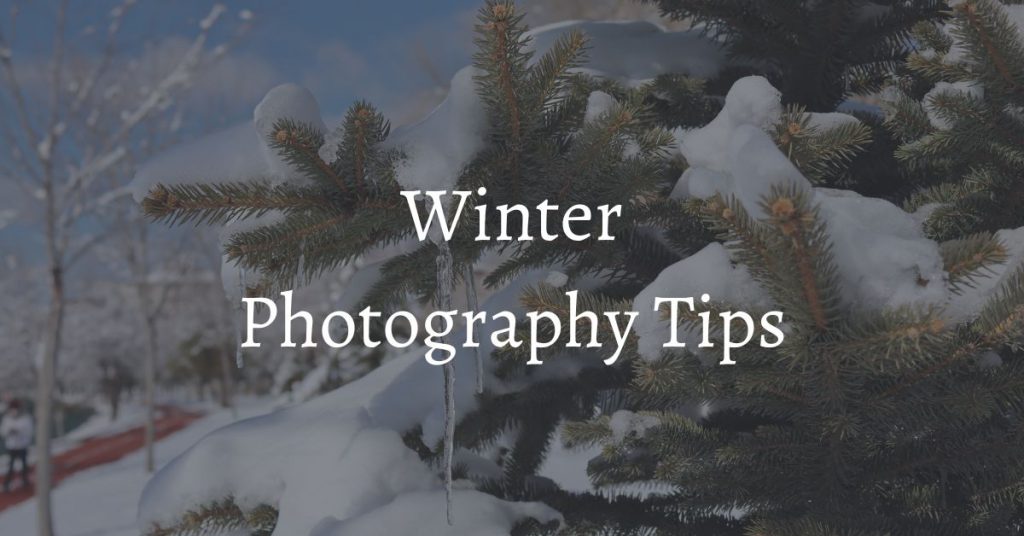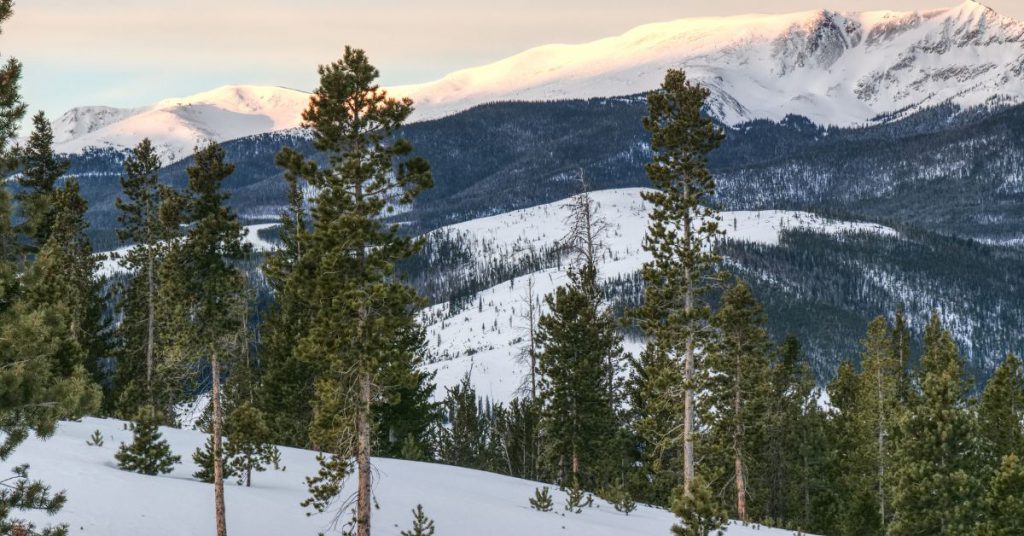
Do you want to take pictures of the beautiful white snowy sceneries this winter?
Winter photos are beautiful, but it’s often difficult to take proper photos during the cold winter season. With the cold weather and low natural lighting, a photographer needs to master certain skills in order to take great winter pictures.
If you want to take great photos of the snow-covered landscapes, it’s important to be prepared for the numerous challenges that you could face.
So, before you go out on a cold winter day to take your winter photos, make sure to keep the following tips in mind.
Our Top Winter Photography Tips
1. Keep your batteries warm.
When using a camera with batteries, make sure to keep them warm.
Batteries can easily lose their power when exposed to cold temperatures, so you could end up with a dying camera battery even after only a few shots.
To keep your batteries warm, make sure to store them inside your coat pocket close to your body heat. You may also purchase a storage bag specifically designed for winter which you can use to make sure your batteries don’t get too cold.

2. Keep your exposure compensation higher than usual.
During bright and sunny winter days, you can capture the whiteness of snow by increasing your exposure compensation by +0.3 to +0.7.
You need to set the camera properly so that it recognizes that you are shooting something bright. If you don’t adjust your exposure compensation, the snow will look grayish instead of pure white.
3. Invest in camera-friendly gloves.
Shooting outdoors during the winter season can be challenging because the cold weather can make your fingers numb and frozen.
To avoid this, you should use gloves while shooting. However, not all winter gloves are optimal for camera use, especially if your camera is touch-screen. Even with a non-touchscreen camera, regular gloves may not be able to press dials and buttons properly.
If you want to take professional winter photos, investing in special camera gloves with thin thermal fabric around the fingertips is essential. This type of glove allows you to have full control over your camera buttons and screen. In addition, these gloves have special fabric on the palms that allows for firm and secure grip.
What’s more, your hands will be safe from frostbite. You can find special camera gloves in your local camera stores.

4. Make sure your camera will not fog up.
Shooting outdoors during the cold winter can be grueling. When you go indoors to warm up, do not just carry your camera with you as your lens could fog up for several minutes, or even hours.
Make sure to cover the lens and place your camera in a bag before going into a warm place.
5. Invest in a telephoto lens.
If you plan to capture the snowfall, you have to invest in a telephoto lens to ensure you’re getting good shots. Any telephoto lens with a focal length of 70mm or higher is good for shooting the snowfall. When taking photos of snowfall, set the camera at its fastest shutter speed.
If you set the shutter speed at 1/400 of a second or faster, you will capture an effect where the snowflakes appear large and slightly blurred, giving your photo a magical effect.

6. Adjust the saturation using Adobe Lightroom.
If you are shooting portrait photos outdoors during a cold winter day, you could possibly end up having red cheeks and red noses on your models.
The good news is that this can easily be fixed by adjusting the saturation of the photos using Adobe Lightroom. Decrease the red and orange saturations to mute down the red skin and noses.
7. Photograph landscapes during sunrise and sunsets.
If you want to take dramatic landscape photos, the best times of the day for a photoshoot are sunrise and sunset.
Winter is also the best time to photograph landscapes because the sun rises later than usual. This means that if you are a late sleeper, you still have time to sleep in because the winter sun doesn’t usually rise until around 7 or 8 in the morning.
8. Invest in a snow cover to protect your device.
You have to invest in sturdy and reliable snow and rain covers, especially if you are shooting outdoors during a snowstorm. Having snow covers will minimize the risk of water damage to your camera. It will prevent liquid residue from building up inside the electronic parts of your device.
Quality snow covers are usually priced higher, ranging from $60 to $100. But this investment is worth it, especially if you’re always out taking pictures in the snow.
9. Dry your camera right away if it gets wet.
Even with the right gear and protection, it’s still possible that your device might get wet accidentally. In this case, you have to make sure to dry it up right away. Bring your camera indoors as soon as possible, wrap it with a dry and absorbent towel, and let it sit for a few hours.

Remember not to try and wipe the water or snow off. Doing so can increase the risk of pushing the snow or water inside the seams where the electric wirings are located. Accidentally getting moisture inside the electronic components of your camera can damage or totally destroy your device. Just let the towel dry the water off your camera.
10. Dress appropriately to keep yourself warm.
When shooting outdoors during a cold winter day, make sure that you are prepared by dressing warmly. This way, you’ll avoid catching frostbite. It’s better to be safe than sorry.
Bottom Line
There you have it – 10 tips for taking photos in the cold, winter season!
Winter is one of the best times to visit Colorado – and now you know how to capture great photos on your trip!
If you have further questions, feel free to contact Bighorn Rentals today.
